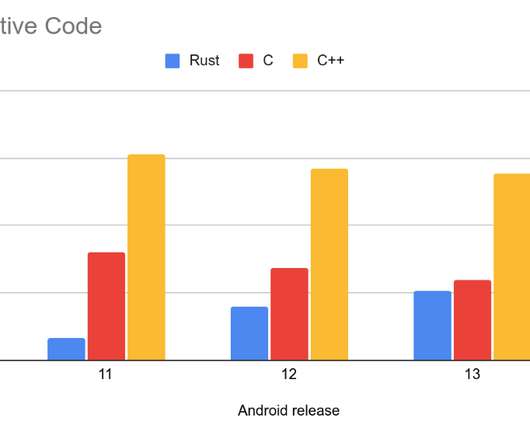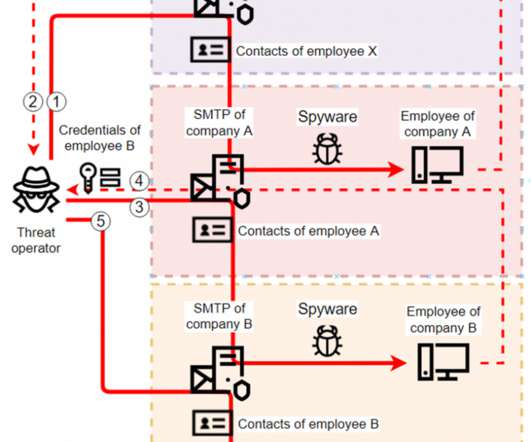For nearly a year, Brazilian users have been targeted with router attacks
Security Affairs
JULY 13, 2019
The campaign uncovered by Avast aimed at silently modifying the Brazilian users’ Domain Name System (DNS) settings to redirect victims to malicious websites mimicking legitimate ones. ” reads a blog post published by Avast. Most recently, Netflix became a popular domain for DNS hijackers.” concludes Avast.













Let's personalize your content